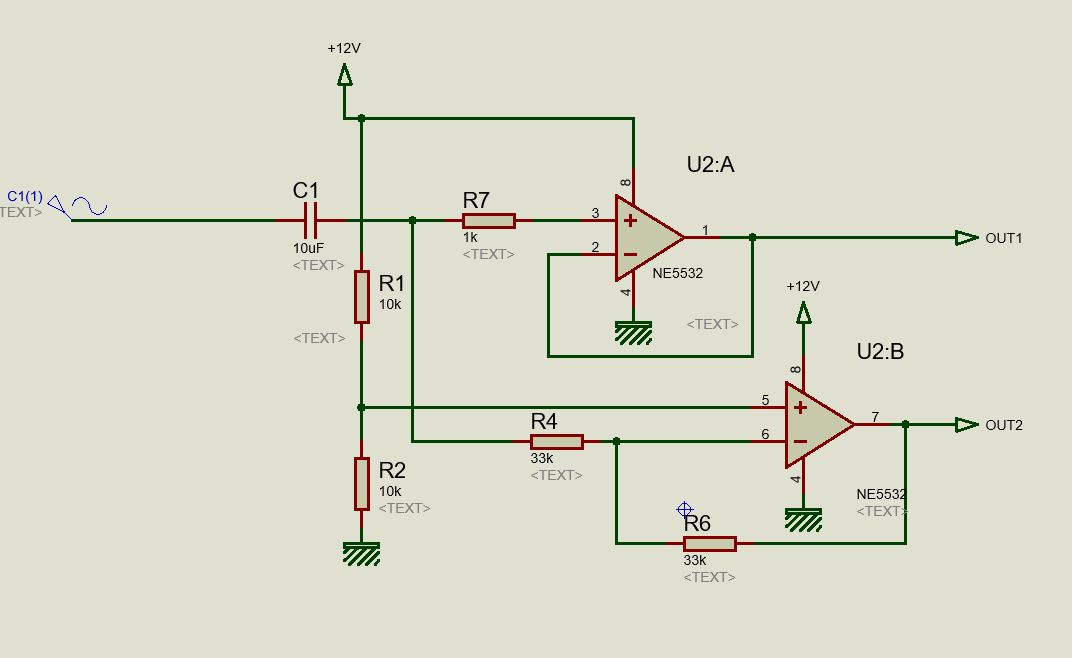can I replace this fully differential Op-amp (OPA1632) with a generic op-amp based design ( Figure 2: Using NE5532). The Application area is audio signal handling.
- Input: Differential input / single ended
- Output: Differential output
Application: TAS5630 input drive original design
I found one circuit on the internet, but I am not sure if it will work.


